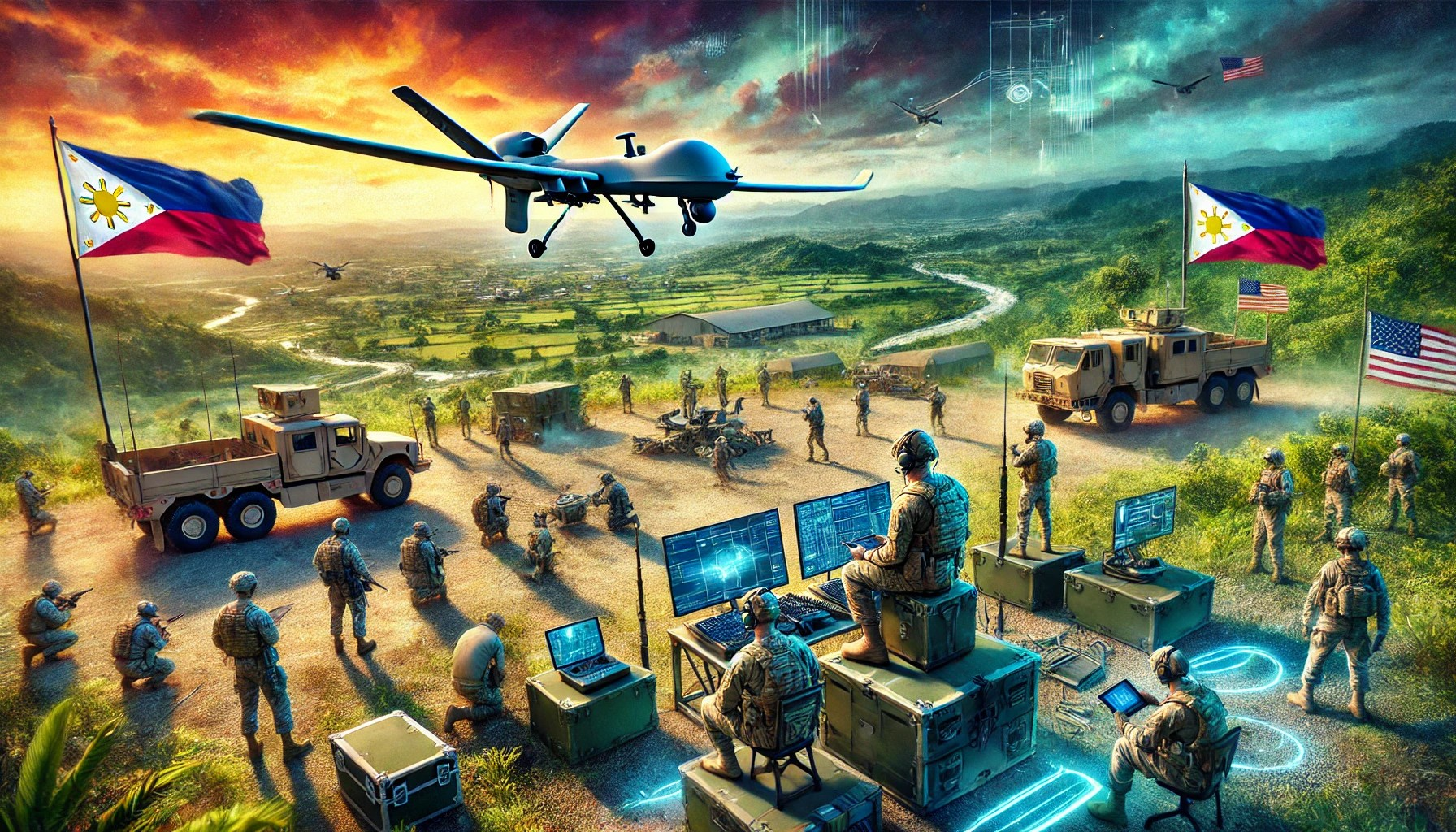25th Infantry Division Tests New Military Technology in the Philippines
In a significant military development, the 25th Infantry Division of the United States Army has begun testing new technology in the Philippines. This initiative, part of a broader effort to enhance operational capabilities, also serves to strengthen defense ties between the two countries amidst evolving regional security challenges.
The testing involves advanced systems designed to improve surveillance, communication, and combat readiness. These include unmanned aerial vehicles (UAVs), state-of-the-art communication equipment, and cutting-edge battlefield management systems. The choice of the Philippines as a testing ground highlights the strategic partnership between the U.S. and the Philippines, particularly in the context of maintaining stability in the Indo-Pacific region.
Colonel James W. Hutton, a spokesperson for the 25th Infantry Division, emphasized the importance of this testing phase. “Deploying these advanced technologies in real-world environments is crucial for assessing their effectiveness and interoperability,” Hutton said. “The Philippines provides a diverse terrain that is ideal for testing and adapting our systems to various operational scenarios.”
The collaboration aligns with ongoing military cooperation agreements between the two nations, which include joint training exercises and technology sharing. These activities are aimed at enhancing the capabilities of the Philippine armed forces and ensuring preparedness for a range of potential security threats, including natural disasters, terrorism, and territorial disputes.
The introduction of UAVs and advanced surveillance systems marks a significant upgrade in the ability of the 25th Infantry Division to conduct reconnaissance and gather intelligence in challenging environments. These technologies are expected to enhance situational awareness and decision-making capabilities, providing a tactical edge in both defensive and offensive operations.
In addition to UAVs, the division is also testing new communication systems that promise to improve coordination among units and with allied forces. These systems are designed to be more resilient to interference and cyber threats, ensuring reliable communication in hostile environments.
The battlefield management systems being tested are equipped with artificial intelligence capabilities that can analyze data in real-time, offering commanders a comprehensive view of the battlefield. This technology enhances strategic planning and resource allocation, making it easier to respond to dynamic combat situations.
Local military officials have welcomed the testing of these new technologies, seeing it as an opportunity to strengthen their own capabilities and learn from the advanced techniques employed by the U.S. military. This cooperation is particularly valuable given the ongoing challenges in the South China Sea, where both nations have vested security interests.
The testing phase is expected to last several months, during which time the systems will be evaluated under various conditions. The results will inform future deployments and potential adjustments to the technologies, ensuring they meet the needs of modern warfare.
As the 25th Infantry Division continues to integrate these advanced systems, the focus remains on enhancing readiness and strengthening the alliance with the Philippines. This partnership is seen as a key element in maintaining peace and security in the region, particularly in the face of increasing geopolitical tensions.
The testing of new military technology in the Philippines underscores the importance of innovation and adaptability in contemporary defense strategies. It also highlights the enduring value of international partnerships in addressing shared security challenges and advancing collective interests.

